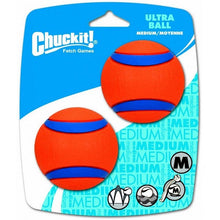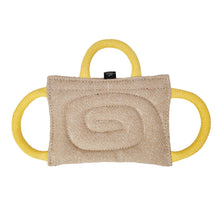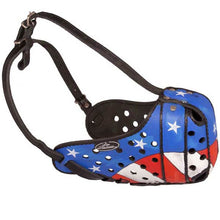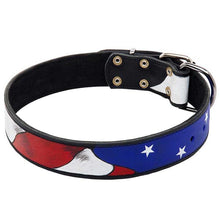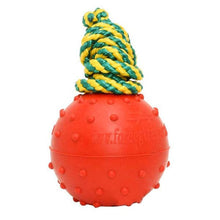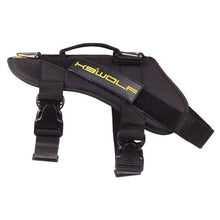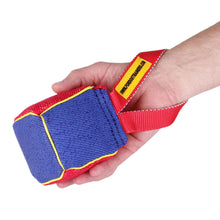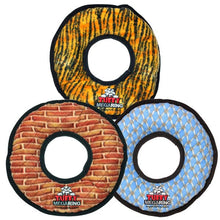Tips for Potty Training The Adult Dog
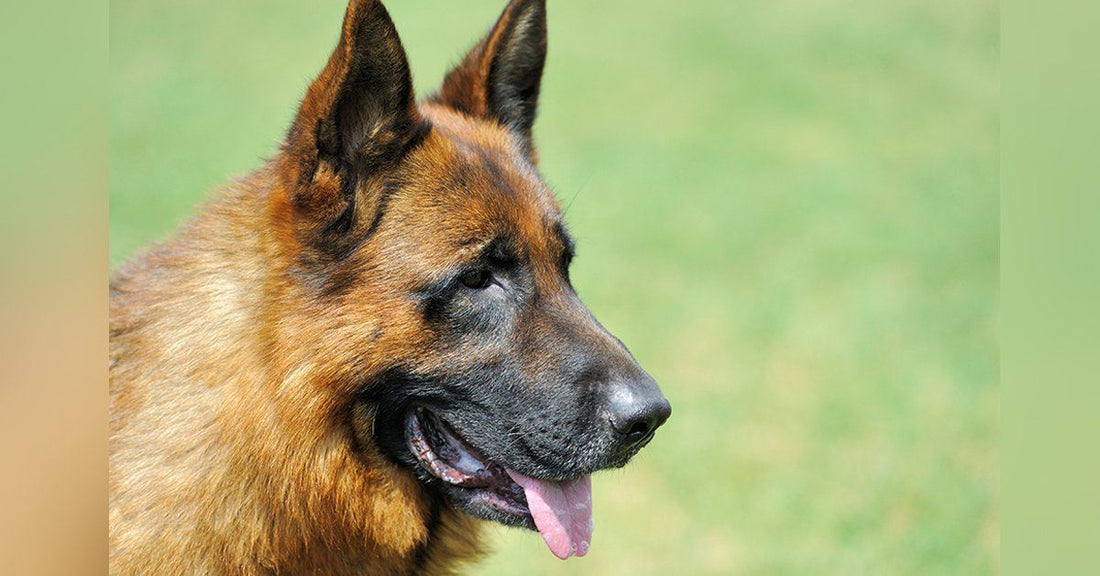
When an adult dog has never been house trained, just like puppies, they need training to prevent accidents from happening in the house. Sadly up to 25% of dogs relinquished to animal shelters have not been house trained.
With patience, understanding, love, and training, adult dogs can be house trained. It is in their nature to avoid eliminating in the same areas where they eat and play and when given a choice, they prefer to leave their living quarters to take care of business.
Whether your dog suffers from incomplete training, has never been trained, or just hasn’t been given frequent enough potty breaks, it’s best to start at the beginning just as you would house train a puppy only a grown dog does have the physical ability to hold it.
The basic steps to training include plenty of outside breaks, supervision, anticipating when he needs to go out, and associating a command with the action.
If your dog has never learned to wait to go outside to do his business, the crate may become your new best friend. Crating the dog for short periods of time will help force him to learn to wait to go outside.
House-training Tactics:
- Never leave the dog unattended when not in the crate or outside.
- Tether your dog to you or keep a very close eye on it so you can anticipate its need to go.
- Utilize a crate for short periods of time indoors.
- Feed the dog on a schedule so that it establishes a potty schedule.
- Lavish on the treats and praise for a job well done.
- Don’t punish accidents.
No matter what the reason for your dog’s soiling in the house we recommend adopting as many of these practices as you can:
- Take your dog outside to potty first thing each morning, last thing each night and before you leave him alone in the house. Watch your dog’s pattern and see about how much time passes between potty breaks and anticipate his need to go outside.
- Feed your dog at a set time each day and remove his food when he’s finished eating. Watch him and take him outside after he eats.
- Watch for whining, sniffing, circling, pacing or leaving the room and take your dog outside.
- If you crate your dog be sure the crate is small enough that he can’t eliminate in a corner of the crate.
- Always take your dog to the same area to potty and give him plenty of time outside to sniff and roam around while he looks for the perfect spot.
- Install a doggy door so he can go in and out when he needs to.
- Clean soiled floors with enzymatic cleaner designed for pets or a good detergent and odor eliminator.
- Never use ammonia based cleaner as this will smell like urine and attract your dog to that spot.
The most important thing to remember is by the time your dog is relieving himself on your floor, your opportunity for a successful training has passed. All you can do is clean up the mess, review what you could have done differently to avoid it, and reevaluate your training process. As they say, this too shall pass and you will be rewarded with a wonderful, grateful pet.





